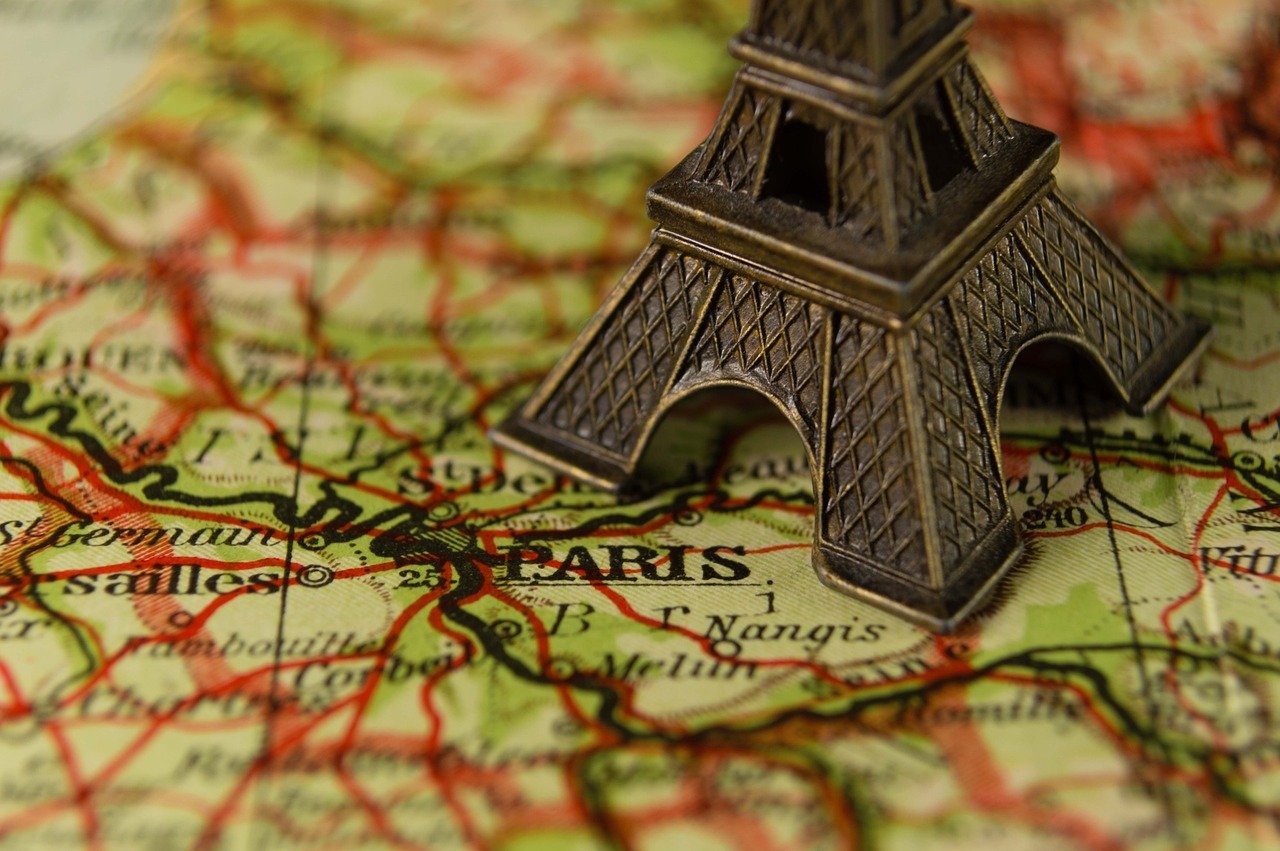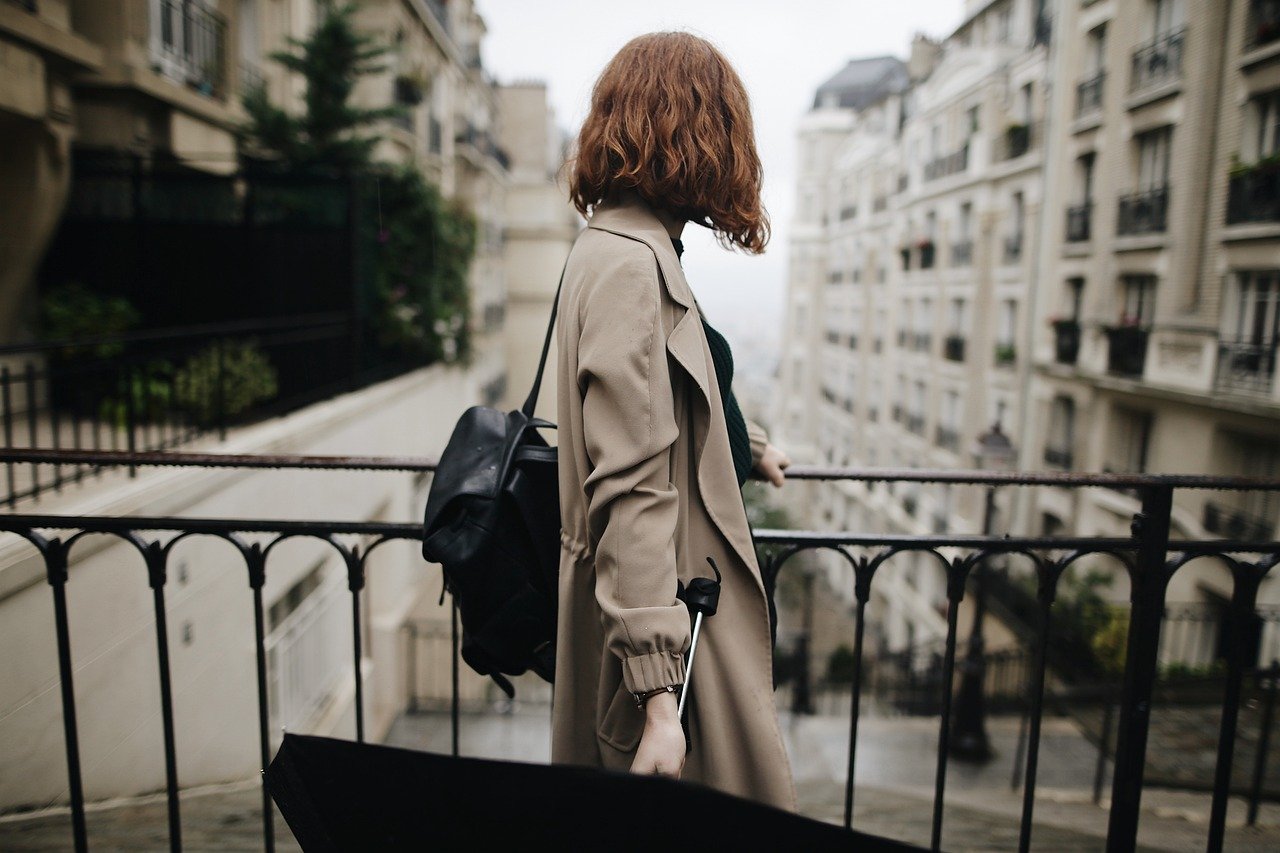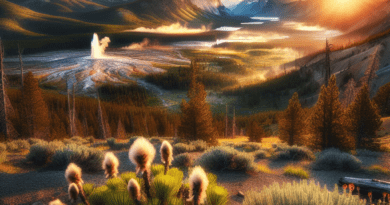Eiffel Tower Facts
Illuminate your travel plans with some brilliant facts about the Eiffel Tower. Not only is it one of the top visited attractions worldwide, but its interesting history and striking features make it a crown jewel of your French adventure. This article will equip you with remarkable insights, intriguing histories, and lesser-known facts about this iconic Parisian monument, adding a new layer of appreciation to your next or even first visit to the Eiffel Tower. Enjoy your journey around the world with this insightful piece on one of the most recognizable travel destinations on the planet.

Historical Context
The Eiffel Tower has a rich historical context that spans over centuries. Its story began in the late 19th century, during a period of intense competition in design and architectural fronts. Cities worldwide were striving to showcase their richness and grandeur by constructing grand structures. Paris, not to be left behind, embarked on this ambitious project.
Design and architectural fronts
The design of this Iron Lady was unique and nothing short of a architectural marvel. Gustave Eiffel’s company, known for their bridge-building expertise, decided to make a statement with this structure.
Why was it built?
The Eiffel tower was built as part of the 1889 Paris Exposition Universelle (World’s Fair) to celebrate the 100th anniversary of the French Revolution. It served both a symbolic and practical purpose. The idea was to show the world the prowess of French engineering and provide a way to transmit signals across the city.
Civic reception initially
The reception of the Eiffel Tower by the public initially was far from positive. Many eminent personalities of the time even publicly criticized its design labeling it as an “eyesore”. However, the tower proved its critics wrong and it now stands as a beloved symbol of French ingenuity.
Role in World Wars
During the world wars, the Eiffel tower played an important role. During World War I, it was used as a radio transmission tower. During World War II, it was supposed to be demolished by the German forces but the order was never carried out.
Physical Attributes
The Eiffel Tower, constructed with elegant symmetry and precision, stands as an excellent example of engineering aesthetics.
Tower size and weight
The Eiffel Tower stands tall at 330 meters (including the antennas), making it an awe-inspiring sight. It weighs approximately 10,000 tons, quite a feat considering the era it was built in.
Materials used in construction
The Eiffel Tower was built using iron, a lot of it in fact. Over 7,000 metric tons of iron were used in its construction. This was a revolutionary construction technique at the time.
Tower’s three levels
The Eiffel Tower consists of three levels. The lower-most level hosts a restaurant, the middle one boasts a stunning view of the city and also has a restaurant, while the topmost level serves as an observatory, offering a bird-eye view of Paris.
Impact of weather on the tower’s height
Interestingly, the height of the Eiffel tower can fluctuate depending on the weather. In warmer temperatures, it can grow by up to 17 cm due to thermal expansion.
Construction process
The construction of the Eiffel Tower was a complex and arduous process.
Design conception
The design of the tower was a result of a competition. Alexandre Gustave Eiffel’s firm won the competition with a design that was far ahead of its time.
Construction timeline
The construction of the Eiffel tower started in 1887 and was completed in 1889. The construction was a race against time, but the meticulous planning and execution ensured it was completed in time for the World’s fair.
Challenges faced during construction
Building a structure as tall as the Eiffel tower was no small feat. There were numerous challenges faced by the builders, from the large amount of iron needed to the intricate design details. Despite these challenges, the Eiffel Tower was completed without a single worker’s death – a remarkable achievement in itself.
Use Over Time
The Eiffel Tower has had a multi-faceted role since its completion.
Function in the early years
In the early years, the Eiffel Tower served as a beacon to showcase the modernity and advancement of French engineering. Gustave Eiffel himself used the top floor as a laboratory for scientific experiments.
Current use today
Today, the Eiffel Tower serves as a symbol of the city of Paris, attracting millions of tourists from around the globe every year. It is used to host events, and is an important radio and television transmission site.
Role in important events
Over the years, the Eiffel Tower has had a role in significant events like the World’s fair and Bastille Day celebrations. It has also been the site for numerous protests and stunts.

Significance in French Culture
The Eiffel Tower is more than just a monument in France; it embodies French culture and values.
Symbolism and identity
The Eiffel Tower stands as a symbol of France’s history, creativity and resilience. It is synonymous with the French identity itself.
French resistance and the Eiffel tower
During World War II, the Eiffel Tower became a symbol of defiance. As the story goes, when Hitler visited Paris, the lift cables were cut to prevent him from reaching the top.
Role in French festivities
The Eiffel Tower plays a crucial role in French festivities. On Bastille Day, the Eiffel Tower is the centerpiece of a grand fireworks display. It also features in the light shows to celebrate New Year’s Eve.
Eiffel Tower in Pop Culture
The Eiffel Tower’s popularity extends beyond its physical presence. It’s a favorite topic in pop culture, appearing in movies, books, and songs globally.
Representation in movies and books
From romantic films like “Amélie” to thrilling adventure movies like “Mission Impossible: Fallout”, the Eiffel Tower has a prominent role in many cinematic works. Similarly, the tower also features in several noted literary works, acting as a backdrop that signifies love, mystery and grandeur.
Model replicas around the world
The admiration for the Eiffel Tower is so vast that several replicas of it exist around the world; from half-scale versions in Las Vegas and Plock in Poland, to a full-scale replica in Tianducheng, China.
Celebrity visits and endorsements
Over the years, the Eiffel Tower has attracted numerous celebrities from all spheres of life. Such endorsements have only added to its allure and universal appeal.

Visitor Experience
A visit to the Eiffel Tower is a unique and enriching experience. From the breathtaking views to the gastronomic delights, the Eiffel Tower does not disappoint.
Experiences viewing from top
The panoramic view of Paris from the top of the Eiffel Tower is simply spectacular. You can see all the major landmarks of the city right from the Louvre to the Arc de Triomphe.
Dining options
Dining atop the Eiffel Tower is a one-of-a-kind experience. Whether it’s enjoying French cuisine at Le Jules Verne on the second floor or a quick meal at the buffet on the first floor, every dining option offers a spectacular view.
Night lights show
The Eiffel Tower puts on an impressive light show every evening. For five minutes every hour after sunset, the tower sparkles with twinkling lights, much to the delight of onlookers.
Preservation and Maintenance
Maintaining the Eiffel Tower is a constant and meticulous process. Its upkeep is vital to ensuring it remains safe and appealing to the millions of visitors it attracts each year.
Routine maintenance tasks
Routine maintenance includes tasks like painting the tower, inspecting the elevators, checking the structure’s stability, and replacing worn-out parts. Every seven years, the tower requires approximately 60 tons of paint to keep it protected from the elements and retain its iconic look.
Renovations and updates
To maintain its relevance and appeal, the Eiffel Tower has undergone several renovations throughout the years. These include modernizing the elevators, adding a bullet-proof glass enclosure to the tower’s summit, and installing energy-efficient lights for the nightly light show.
Environmental conservation efforts
The tower’s management has also taken great strides to make this marvel environmentally friendly. In recent years, steps have been taken to reduce the tower’s carbon footprint, such as installing wind turbines and solar panels.
Interesting Facts
Over the years, a host of fascinating facts and tales have been associated with this iconic monument.
Record-breaking feats
Upon its completion, the Eiffel Tower broke records as the world’s tallest structure. It held this title for over four decades until the Chrysler Building in New York surpassed it in 1930.
Things you didn’t know
One of the lesser-known facts about the Eiffel Tower is that it was nearly dismantled after 20 years, the duration for which Eiffel had permission to let it stand. However, its use in transmitting radio signals saved it from destruction.
Common misconceptions
Contrary to popular belief, Gustave Eiffel didn’t design the Eiffel Tower. It was his associates Maurice Koechlin and Émile Nouguier who came up with the design, while Stephen Sauvestre added the arches at the base and the glass observatory at the top.
Practical Information for Visitors
If you’re planning a visit to the Eiffel Tower, certain practical details can be extremely useful.
Opening hours
The Eiffel Tower is open every day of the year. In the summer, it stays open until midnight, while in the winter, it closes at about 6:30 pm.
Getting there
You can reach the Eiffel Tower via metro, bus, or even by boat along the Seine River. The closest metro station is Bir-Hakeim.
Tickets and pricing
Tickets can be bought online or at the ticket offices at the Eiffel Tower itself. Prices vary depending on the floors you wish to visit, and whether you’re climbing up or taking the lift.
Visitor rules and etiquette
There are certain rules and etiquette to follow while visiting the tower. Be mindful of other tourists, don’t leave any trash behind and do remember that any form of climbing or dangling off the tower is strictly prohibited!
In conclusion, the Eiffel Tower, an icon of French pride and resilience, stands tall as a testament to human ingenuity and creativity. It continues to inspire admiration and awe, making it a must-visit destination for any traveler.




